
3 minute read
Tate Modern
1.Flexible Space
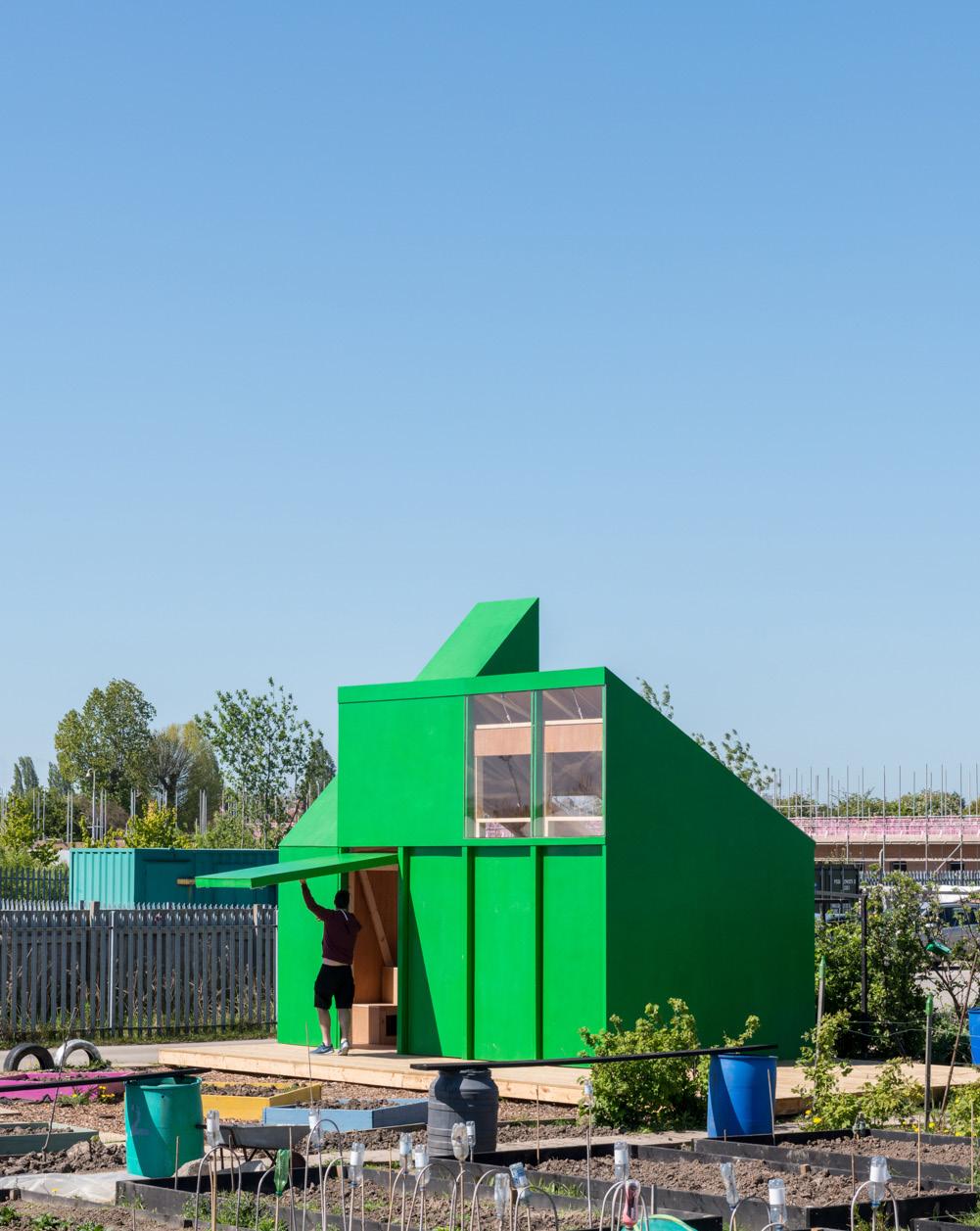
Advertisement
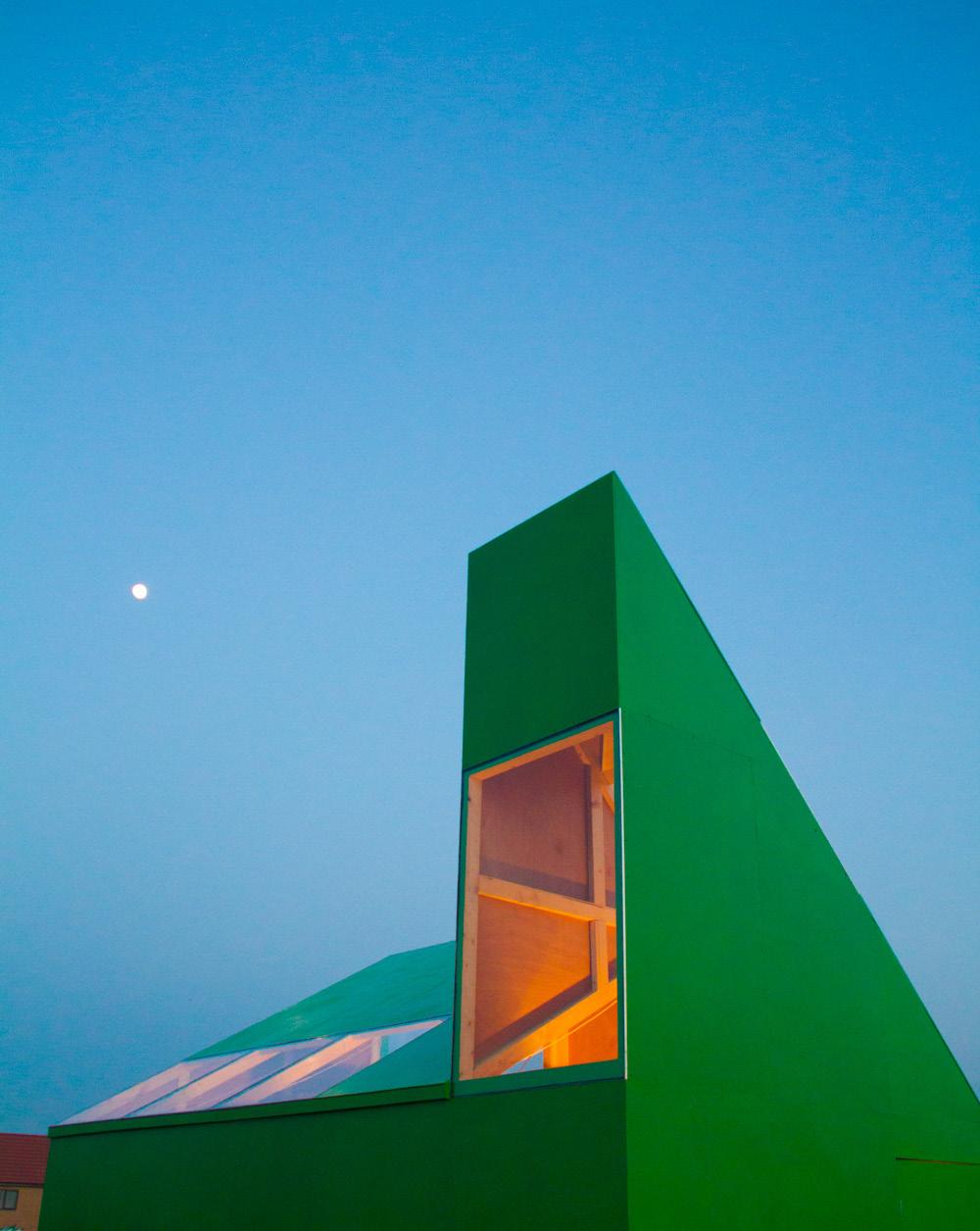
3. Visual Connection 2.Fleabile Indoor and outdoor

4. Flexible programme
Variation of Activities
1. Flexible Space An open space within a simple structure provides flexibility for a range of activities. Small but open flexible spaces facilitate a range of activities on an intimate scale. 3. Vantage Point A raised level with large window enables isolated viewing over the allotments to provide a passive observed connection for one or two individuals. Removed or detached vantage look out points. 2. Seating spaces Flexibility is provided by opening panels which enlarge the threshold allowing the pavillion to become and inside/outside shelter. Adaptable structure and moveable elements
allow opening to the surroundings. 4. Flexible programme A central space for social interactions to take place amongst a programme of directed optional activity.
Chapter 3 Programme with Flexible Architecture
Buildings and spaces that host activities which are wide ranging and unforeseen have a flexible programme architecture. Typical examples include public squares, community halls, and green spaces . Through its adaptability and temporality, flexible programme architecture allows the public to lead initiatives, experience the unexpected and transform everyday space into the extraordinary.
In a number of ways, flexible programme architecture can promote meaningful connections within society in unique ways. Its temporality means that a commuter who crosses a public square each day might suddenly encounter a festival or carnival taking place there, connecting with people incidentally, having not sought the event out in advance. Its adaptability means that the public can create their place or event within the architecture - with their initiative in contributing to the place creating a connection through sense of belonging to the locality. Flexible programme architecture allows different activities to coexist simultaneously, creating connected crossovers of shared activity between different groups. Flexible programme architecture does not prescribe certain activities on the public - it rather provides choice and in so doing fosters connection through inclusivity.
And by allowing passersby to witness a greater diversity of activities taking place, flexible programme architecture supports a wider type of observed connection.
Absolon
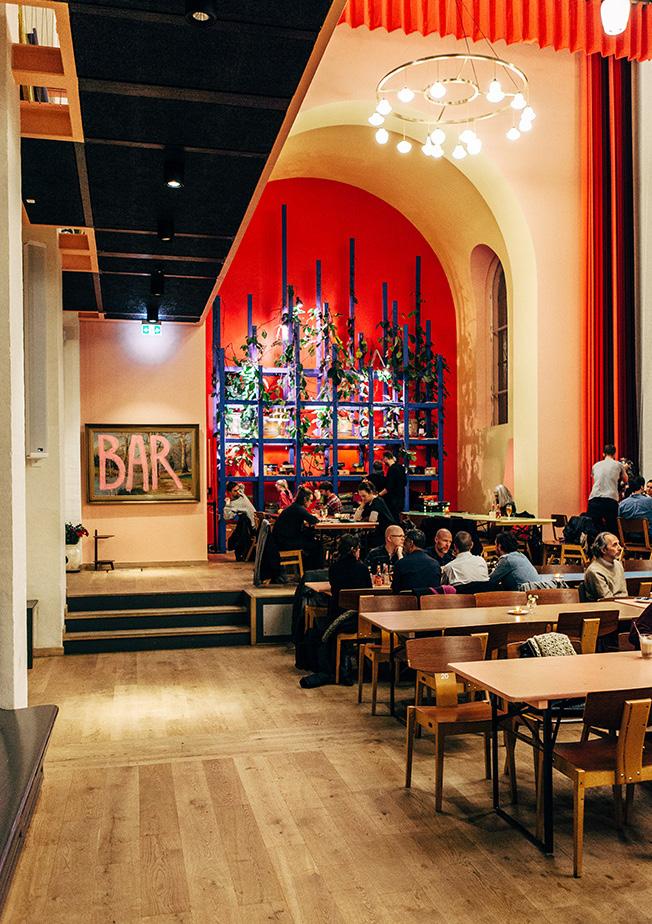
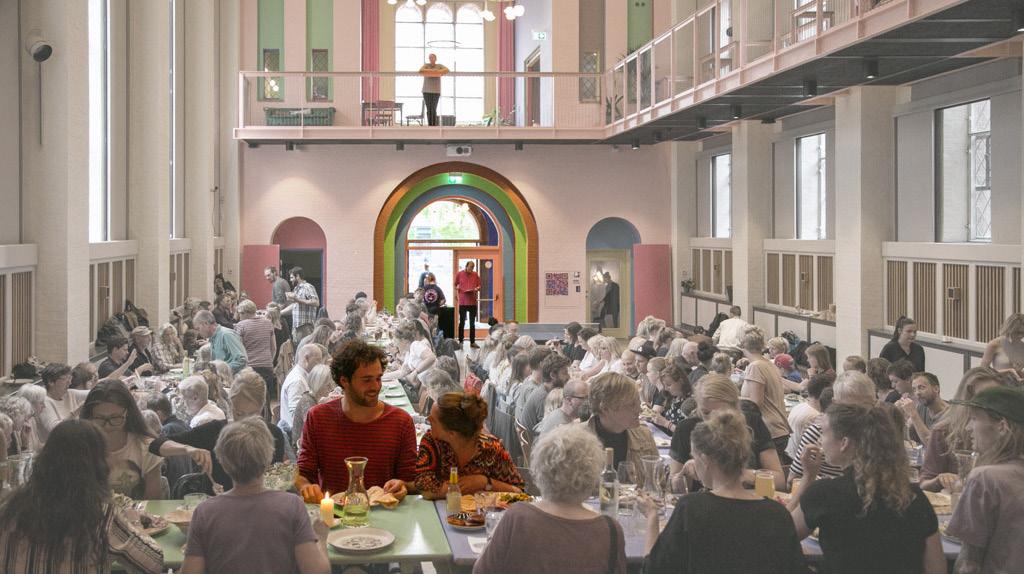
Five Methods of Meaningful Connection
Incidental An open membership accommodates a wide variety of people, providing incidental connections with others
Observational The reconstructed church’s large vaulted nave provides an undivided space, where sightlines create observed connections with others
Shared Activities The activity of eating is central to the programme, and this atavistic ritual elicits a strong sense of connection through shared activity
R P
Inclusivity Peripheral activities cater to a wide variety of interests, and access to the space is open, promoting connection through inclusivity
Belonging The activities in the space mimic common routines in the private home, creating a sense of ownership and connection through belonging
T
Daily Timetable
9 a m Y o g a 9 : 3 0 a m - 1 1 a m B r u n c h 1 2 p m - 3 p m C r e c h e
1 2 p m - 1 p m T e a B r e a k


1 p m - 4 p m G a m e s 5 p m - 6 p m B o o k C l u b
5 p m - 6 p m B i n g o

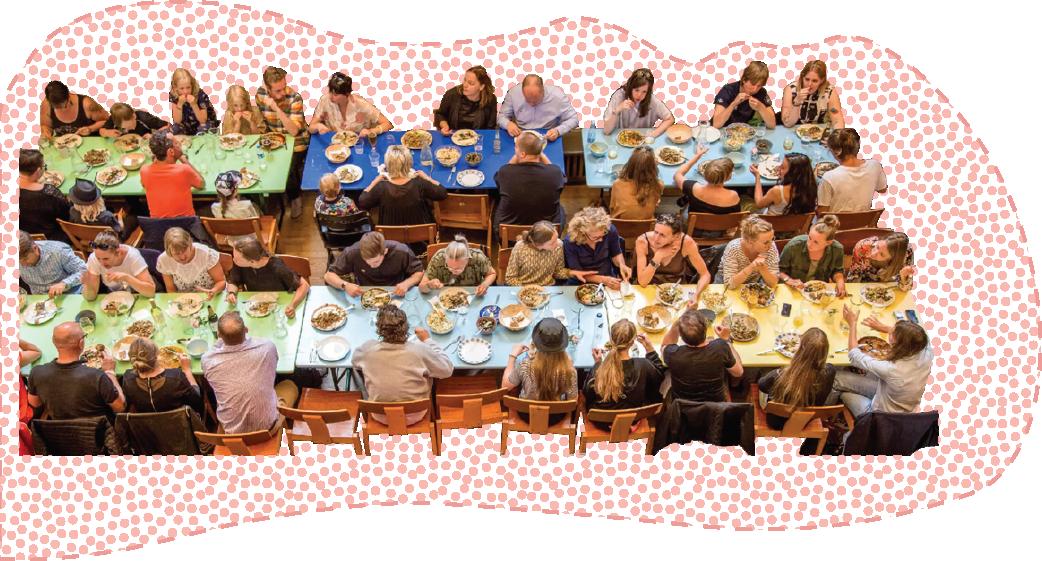

6 : 3 0 p m - 8 : 3 0 p m C o m m u n i t y D i n n e r

9 p m - 1 2 a m B a r
Overlapping of Programme
Book Club, Community Dinner & Bar
Yoga & Brunch Crèche, Games and Bingo








